Petunia "Spherica": description and care
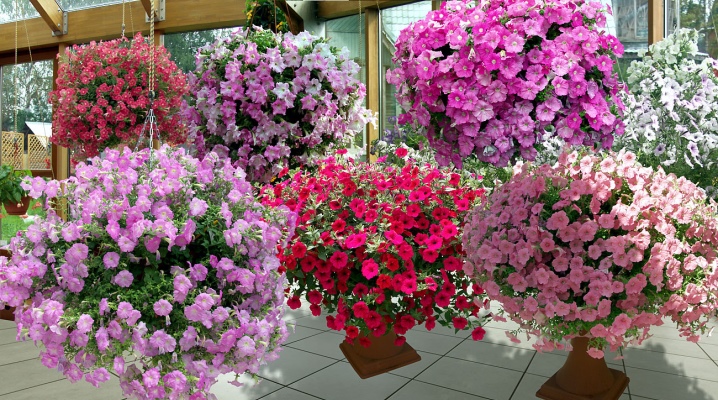
Petunia is very popular with many gardeners. Every year, new varieties appear, allowing you to create truly amazing compositions. Among them, it is worth noting the petunia "Spherica", which made a splash in 2016, and has been actively sold out since then.
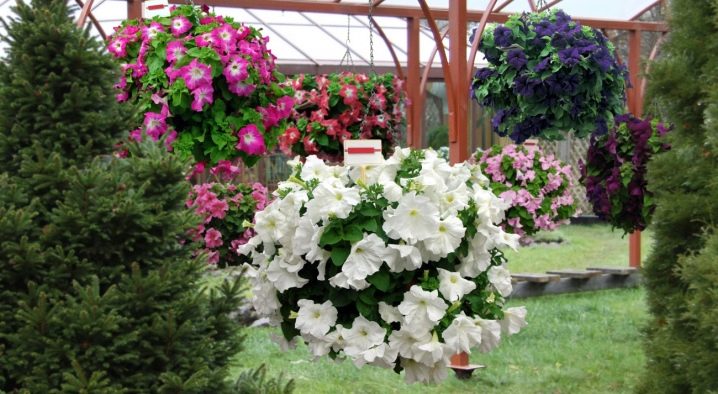
Description
In this newest series of petunias, breeders have been able to combine all the good qualities of the highest quality varieties. Petunia "Spherica" has excellent characteristics. It is a compact plant that has a large number of shoots that grow up to 25-28 centimeters in length. The diameter of the petunia is the same. During the season, the plant does not stretch, and also does not lose its compactness. In addition, when transplanting, its branches practically do not break off, and also tolerate transportation very well.
Flowers differ in a variety of shades, and can also be of varying degrees of terry, so you can pick them up for every taste. A single flower reaches twelve centimeters in diameter.
Such a plant can delight with its beauty almost all summer. In addition, it will feel great in flowerpots and flower beds.

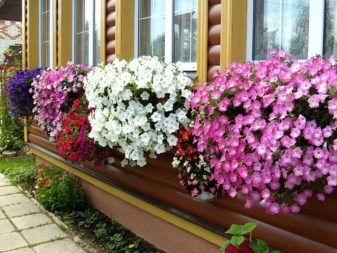
Views
The Biotekhniki series includes several varieties derived from the Spherica. All of them received great reviews from the gardeners who grew them.
- "Spherical orchid stringri". This petunia forms a very compact bush with a large number of stems, the height of which reaches 20 centimeters. The flowers are quite large, up to 10 centimeters in circumference. Has the ability to quickly recover even after heavy rain. In open ground, seedlings can be planted only when the threat of frost has passed.


- "Spherica deep parple". This petunia is distinguished by its early flowering, which can be seen already at the end of May. The bush is completely dotted with small, beautiful flowers and is able to grow into many branches that grow downward.
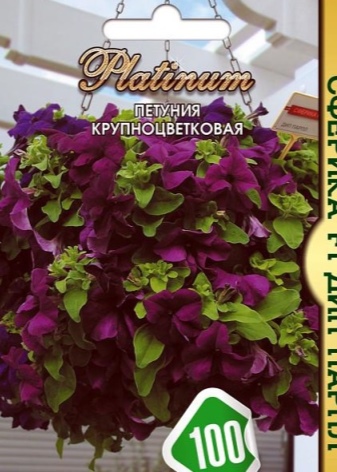

- "Spherica Burgundy White Edge". This petunia variety is also distinguished by its early flowering, which continues almost until the beginning of frost. In addition, it perfectly tolerates temperature extremes. Most often, this petunia is used as hanging decorations on balconies or verandas. However, many plant them in open ground. This petunia has very long shoots - up to 80 centimeters - and the flowers do not reach more than five centimeters in circumference.
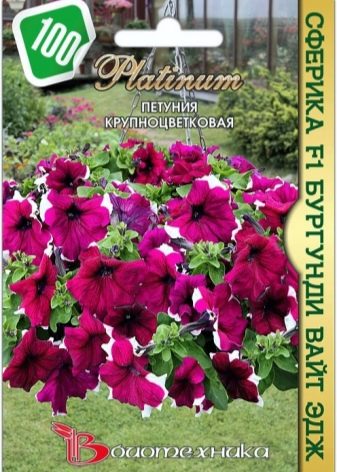
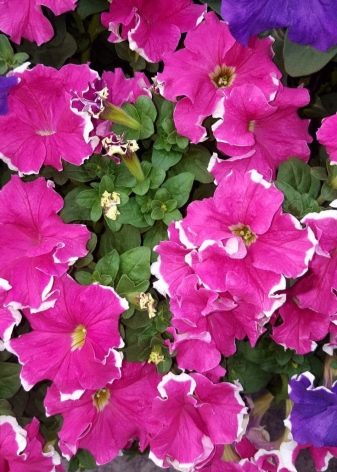
- "Spherical roses morne". This variety is distinguished by rather large flowers that grow both in flower beds and in hanging flowerpots. It also has a fairly long flowering period that is almost uninterrupted.

- "Spherica Salmon"... This is a beautiful plant with huge crimson flowers with a delicate white center. It can bloom from early summer to late autumn.

- "Spherica blue". This flower is more suitable for growing in containers. However, some plant it in open ground. Flowering begins very early and can delight everyone with beautiful blue flowers throughout the summer and until frost.

Care
Petunia is not a very whimsical plant, so even a novice gardener can grow it. However, for this you need to familiarize yourself with some rules.
- Temperature and lighting. First of all, you need to take care of the correct lighting. After all, if there is not enough light, then the leaves will become dimmer, and the flowering will not be so abundant. In addition, all the shoots will stretch out and lose their ball shape.Therefore, it is best to plant petunia in a lighter place, and darken it a little during the sun. The temperature at which this plant can exist is from +7 to +30 degrees.
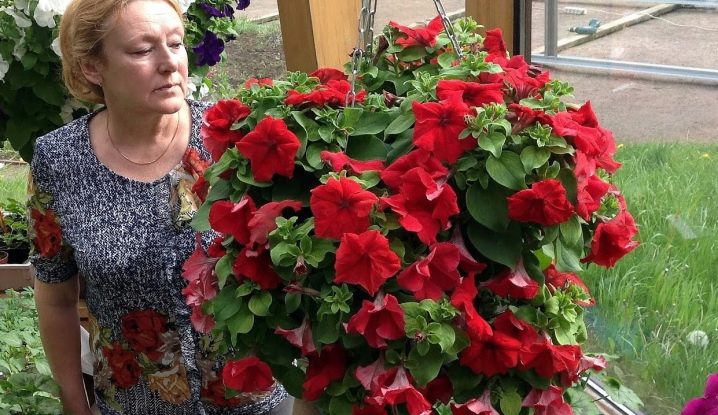
- Watering... The frequency of watering also depends on where the petunia will be planted. So, indoor plants need daily watering. On hot days, attention to the flower should be removed even more often. For those petunias that are grown outdoors, watering can be done no more than once every two days. It is best to carry out this procedure with soft and warm water.
In addition, in case of too heavy rains, it is better to remove the pots of petunias under a canopy. However, it is imperative to ensure that the land is not too dry, as well as too waterlogged.
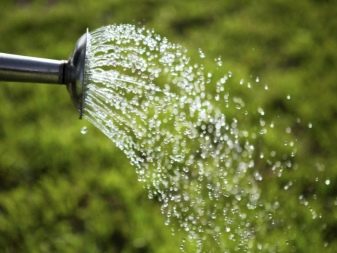
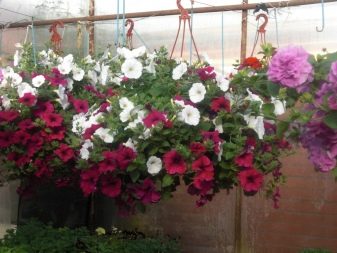
- Top dressing. Be sure to take care of fertilizers for this plant. The first of them can be done within a week after planting both in a pot and in open ground. They should be carried out in two weeks, using both chemical and organic fertilizers. Petunia requires the introduction of potash, phosphorus, and nitrogen fertilizers. Each of them must be entered at a specific time. First you need to add potassium to build up the green mass, and then phosphorus and nitrogen to get more abundant flowering.
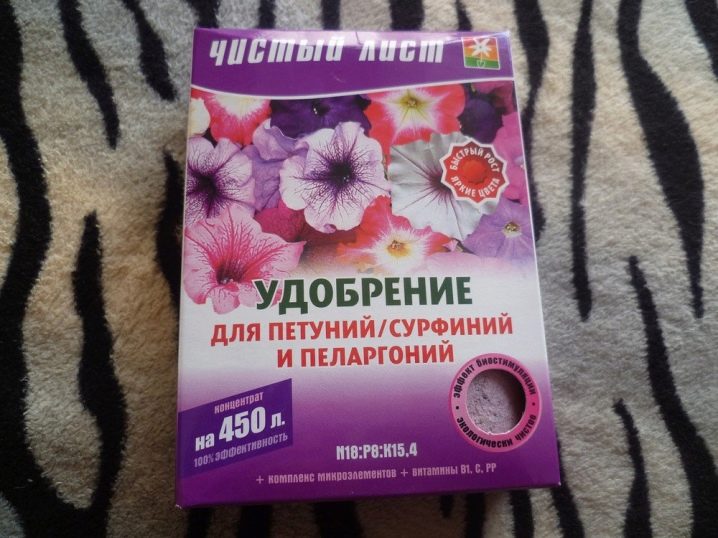
- Landing and diving. For planting, it is necessary to prepare a container with a substrate in advance. You can buy it at any flower shop, or you can make it yourself. Then the soil must be spilled with a manganese solution and sown seeds in it. You do not need to sprinkle them, otherwise they simply will not germinate. After that, the container must be covered with glass and placed in a warm place. After two weeks, you can see the first shoots. When the seedlings have four leaves, you can start diving them into separate cups. This must be done carefully enough so as not to damage the young leaves.
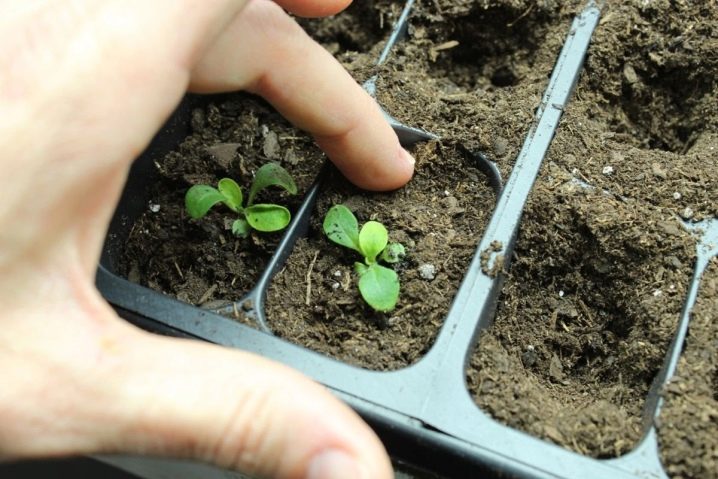
Diseases and pests
Although petunia is considered a hardy plant, it can be attacked by pests. In addition, the plant is often sick. So, with too much moisture, fungal diseases can appear. Most often it is root rot, which can be recognized by the softness of the stems. In this case, the plant must be treated with any fungicides.
If powdery mildew appears on the petunia, then you can get rid of it only by removing the affected areas, as well as processing with sulfur. In addition to these diseases, some pests may appear, for example, aphids or spider mites, which can be dealt with with special chemicals.
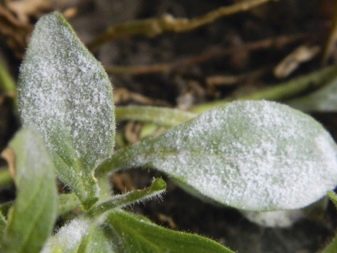
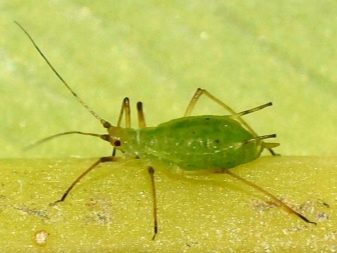
To summarize, we can say that petunia is a wonderful plant that can be grown in any home environment. And the Sferika variety is clearly no exception.
See the next video for even more information on the "Spherica" petunia.







































































































The comment was sent successfully.